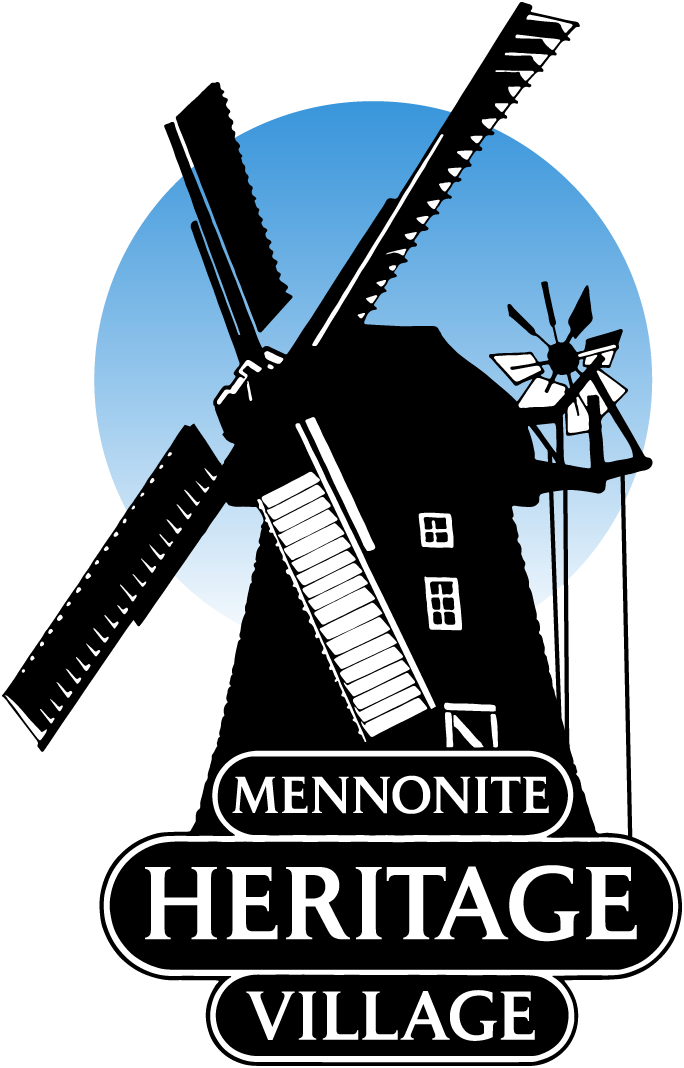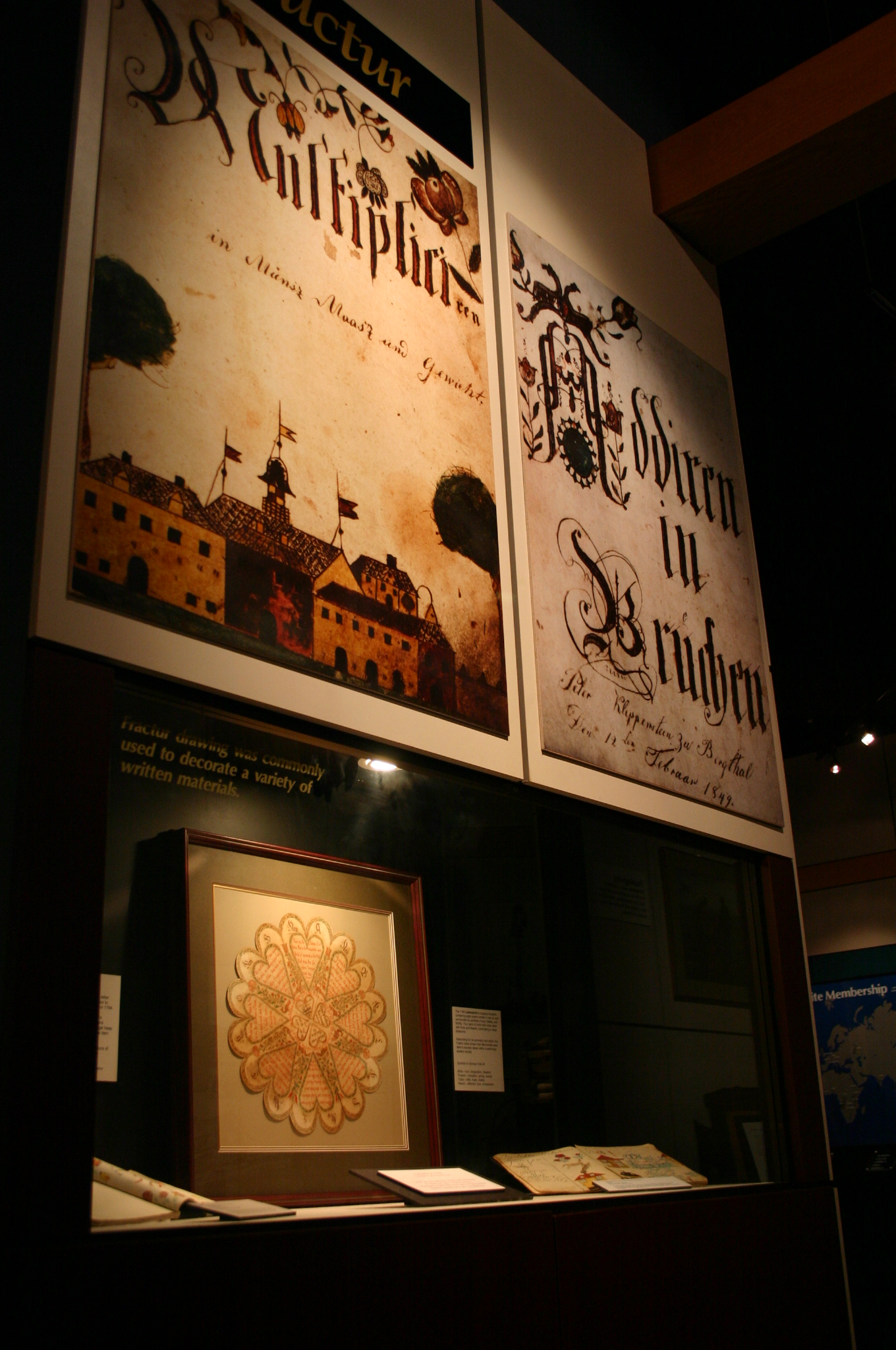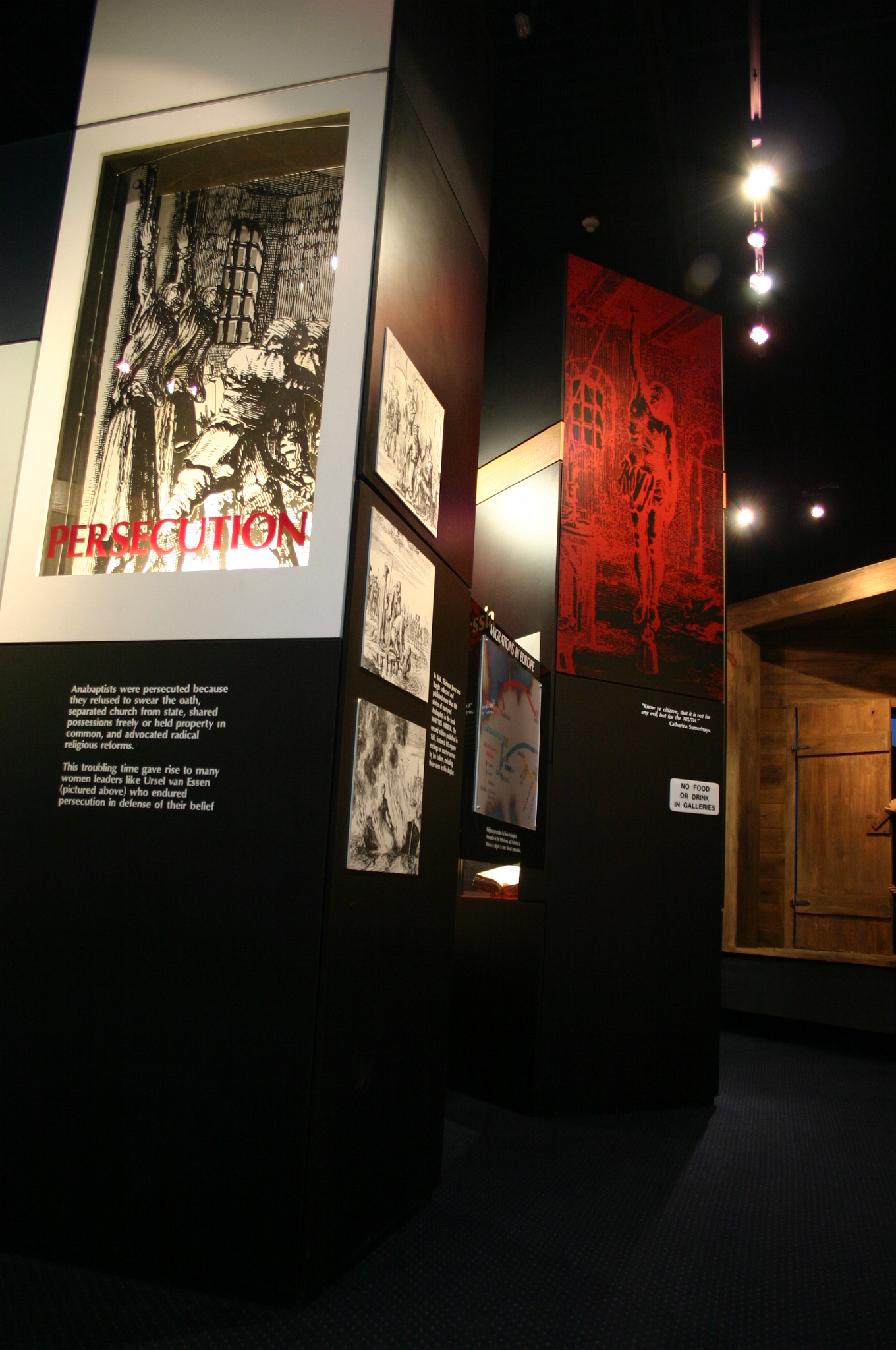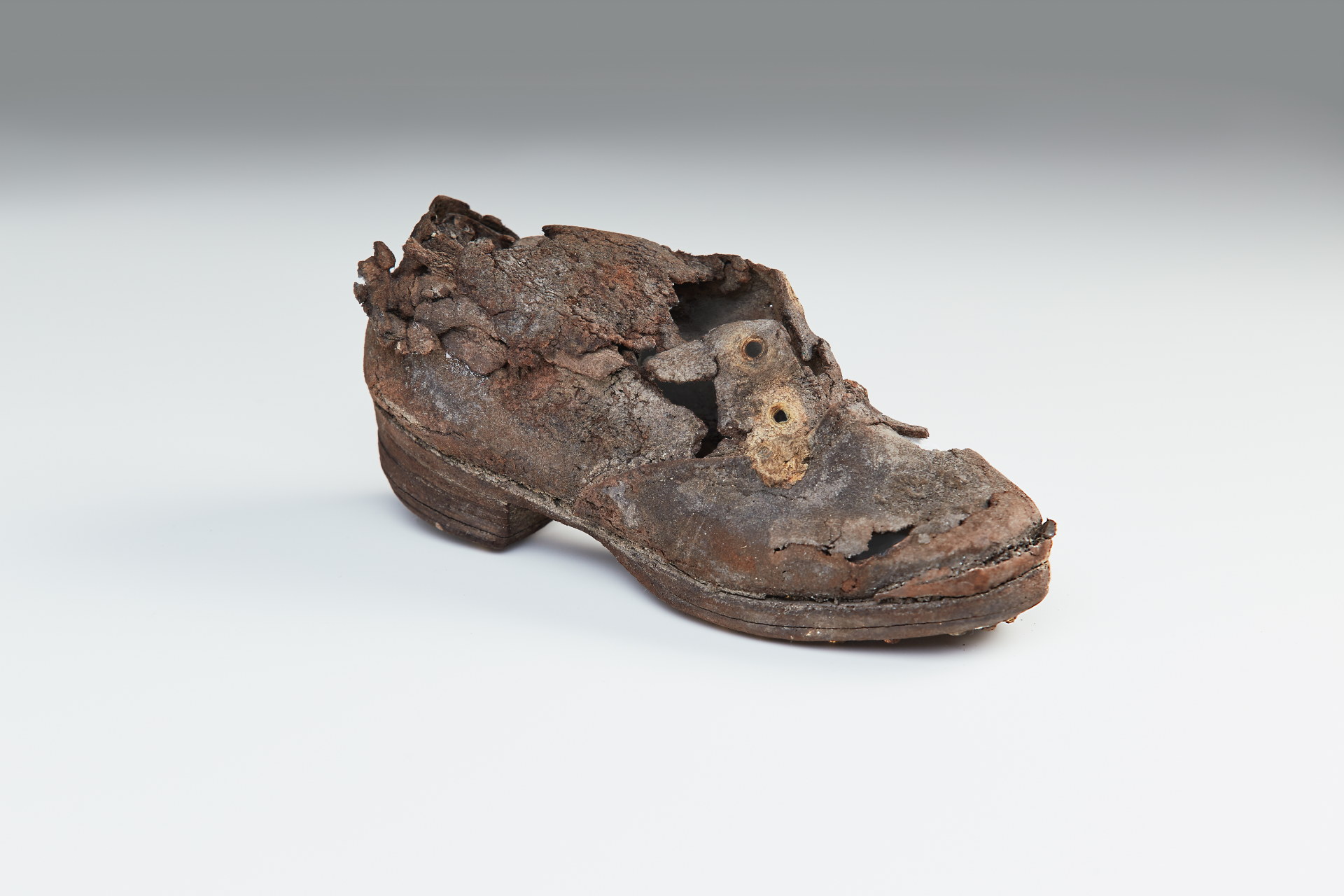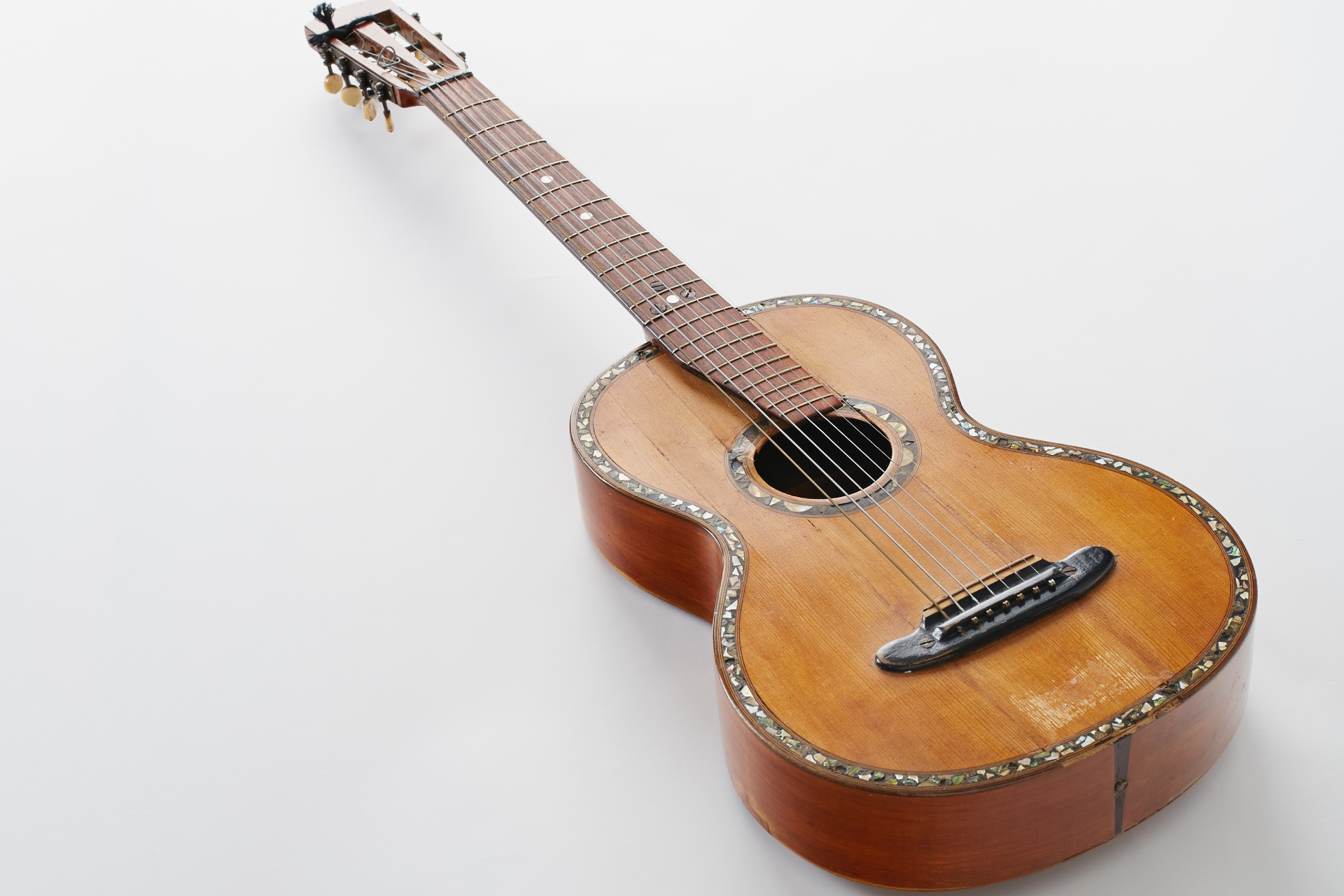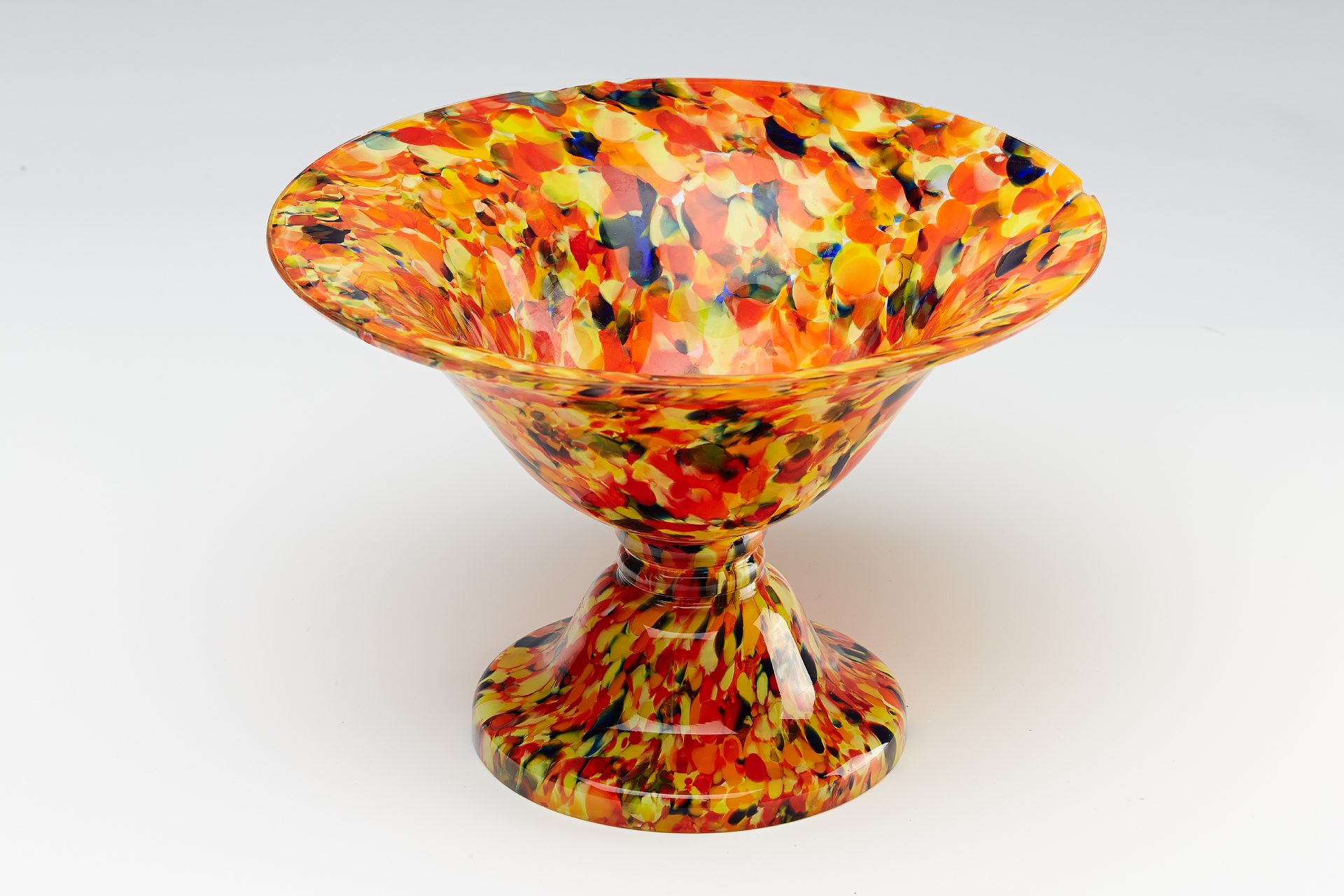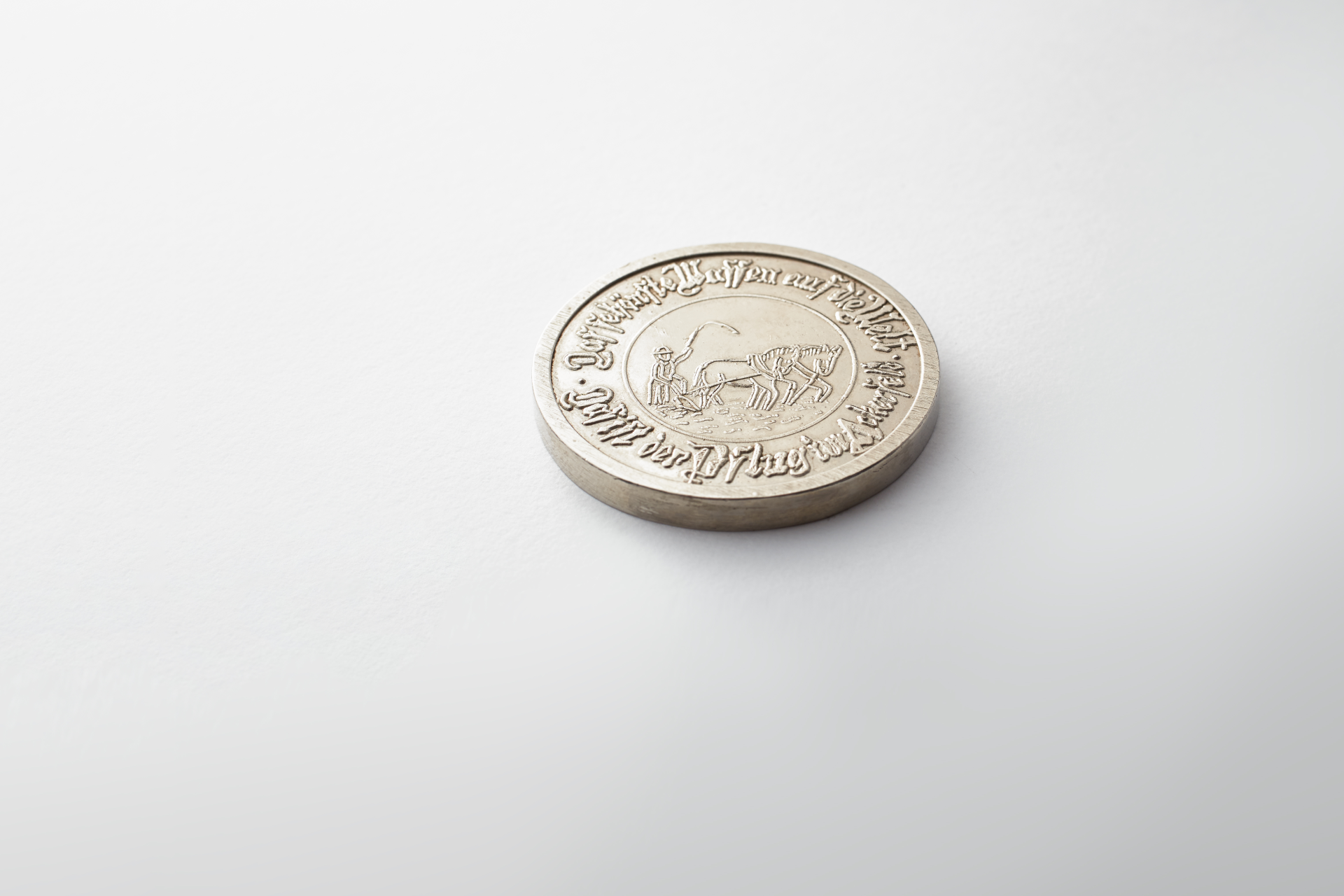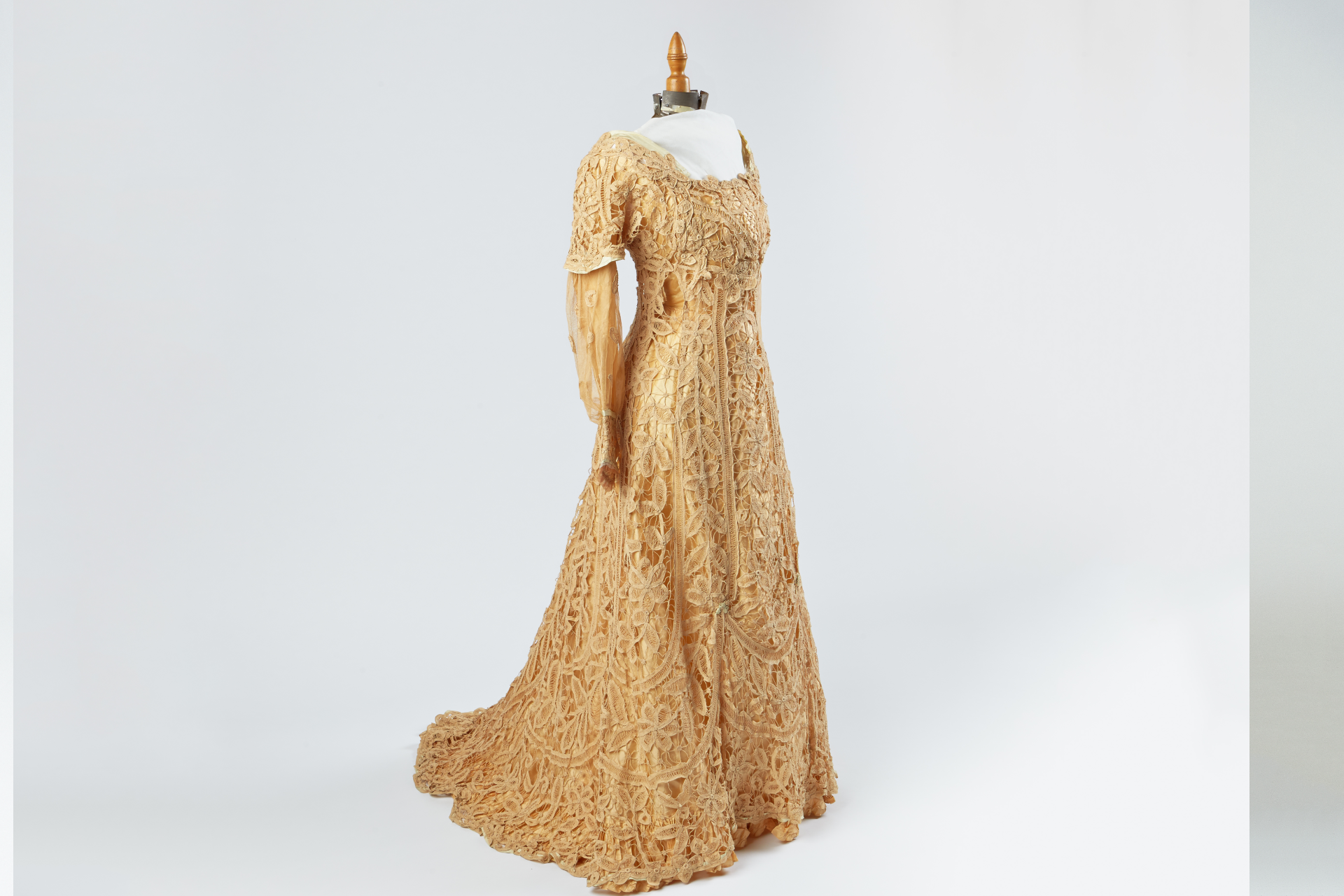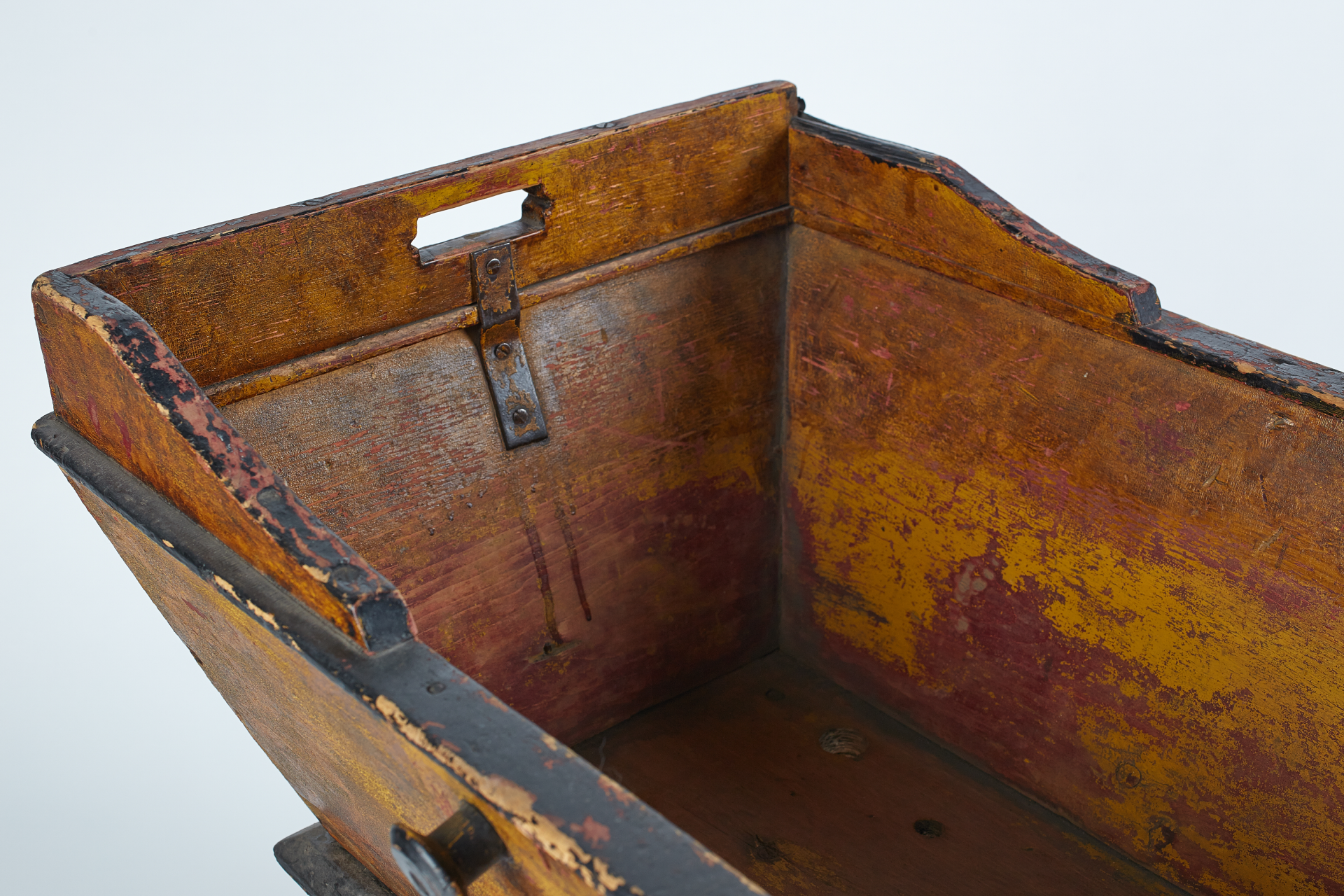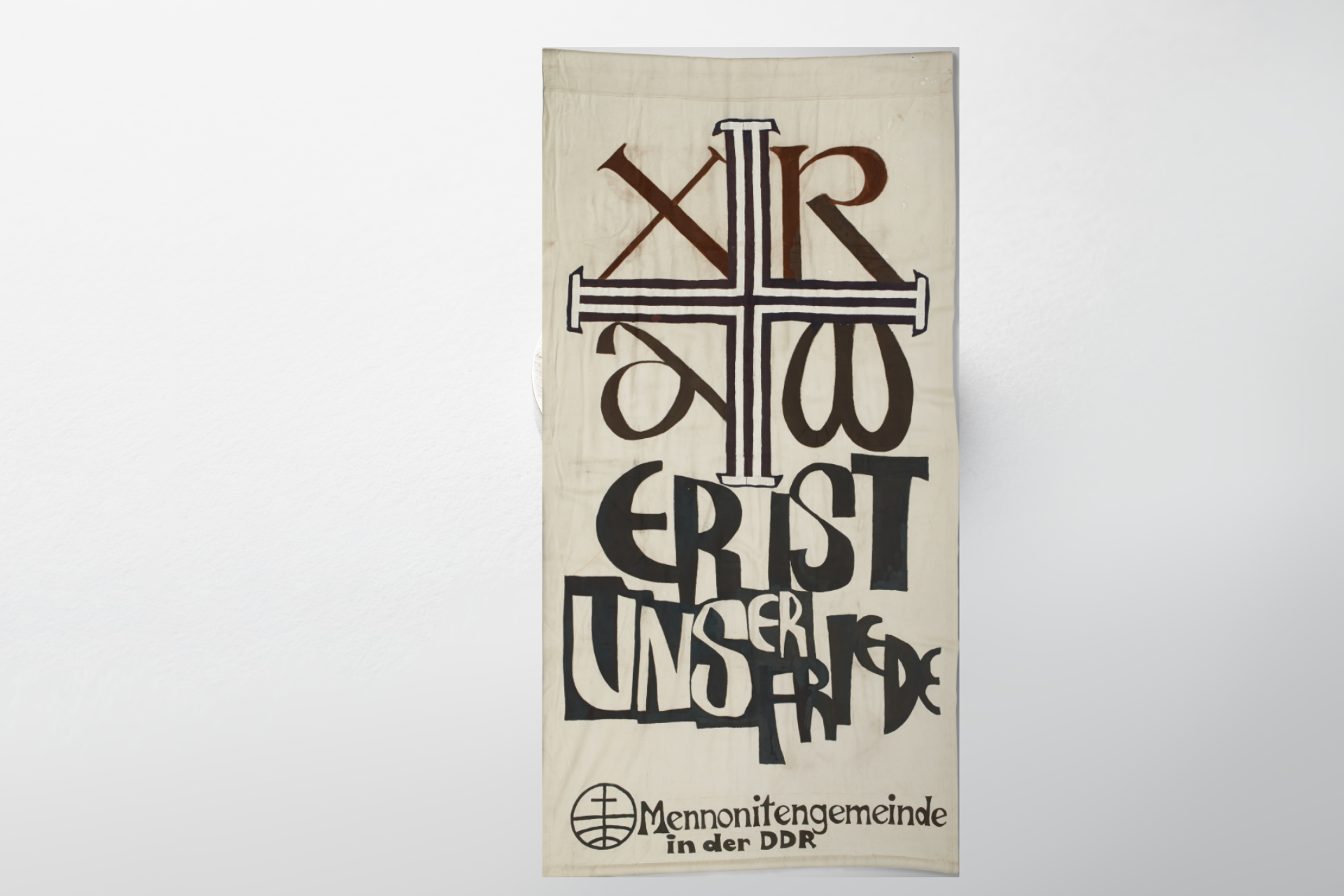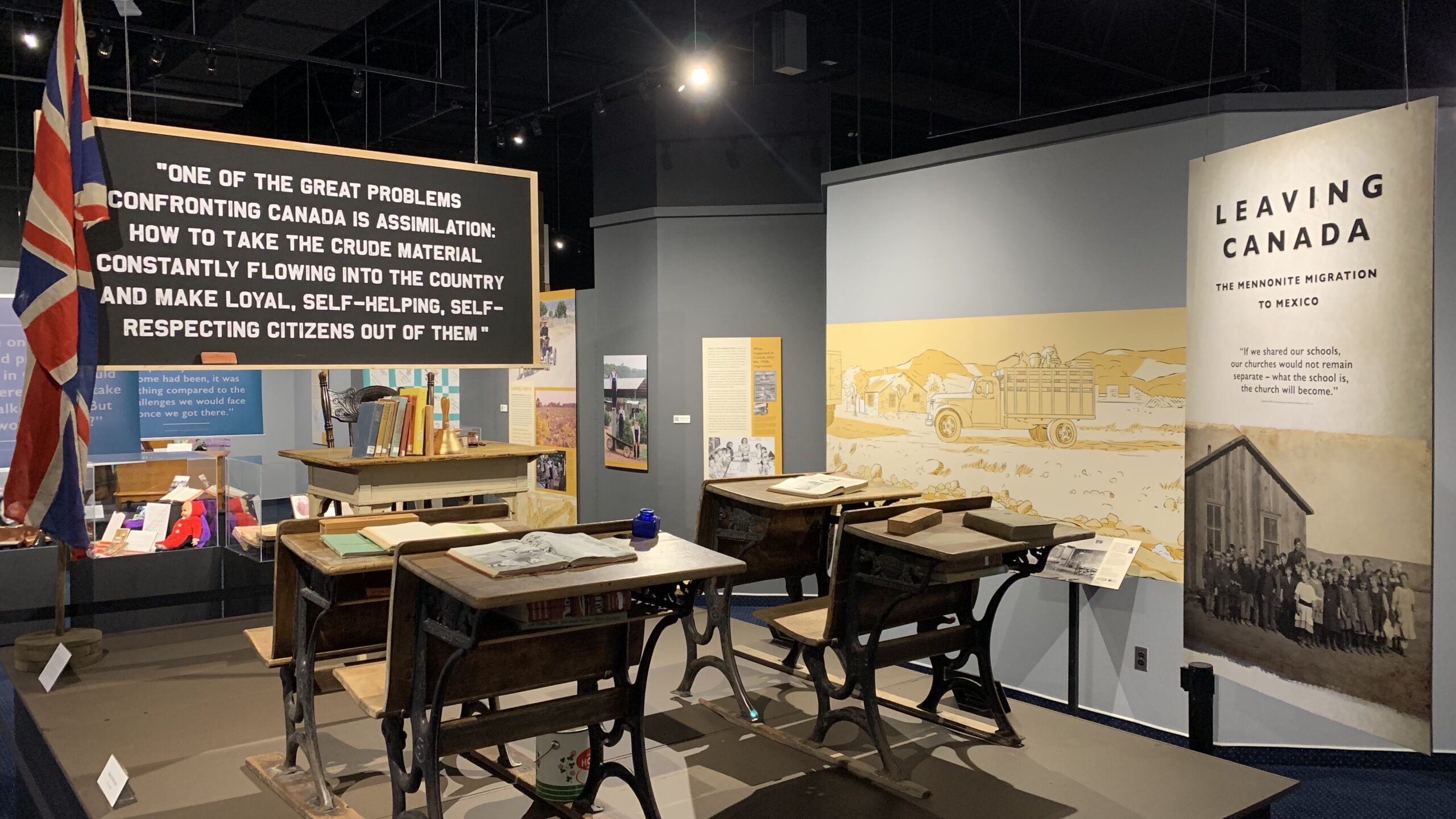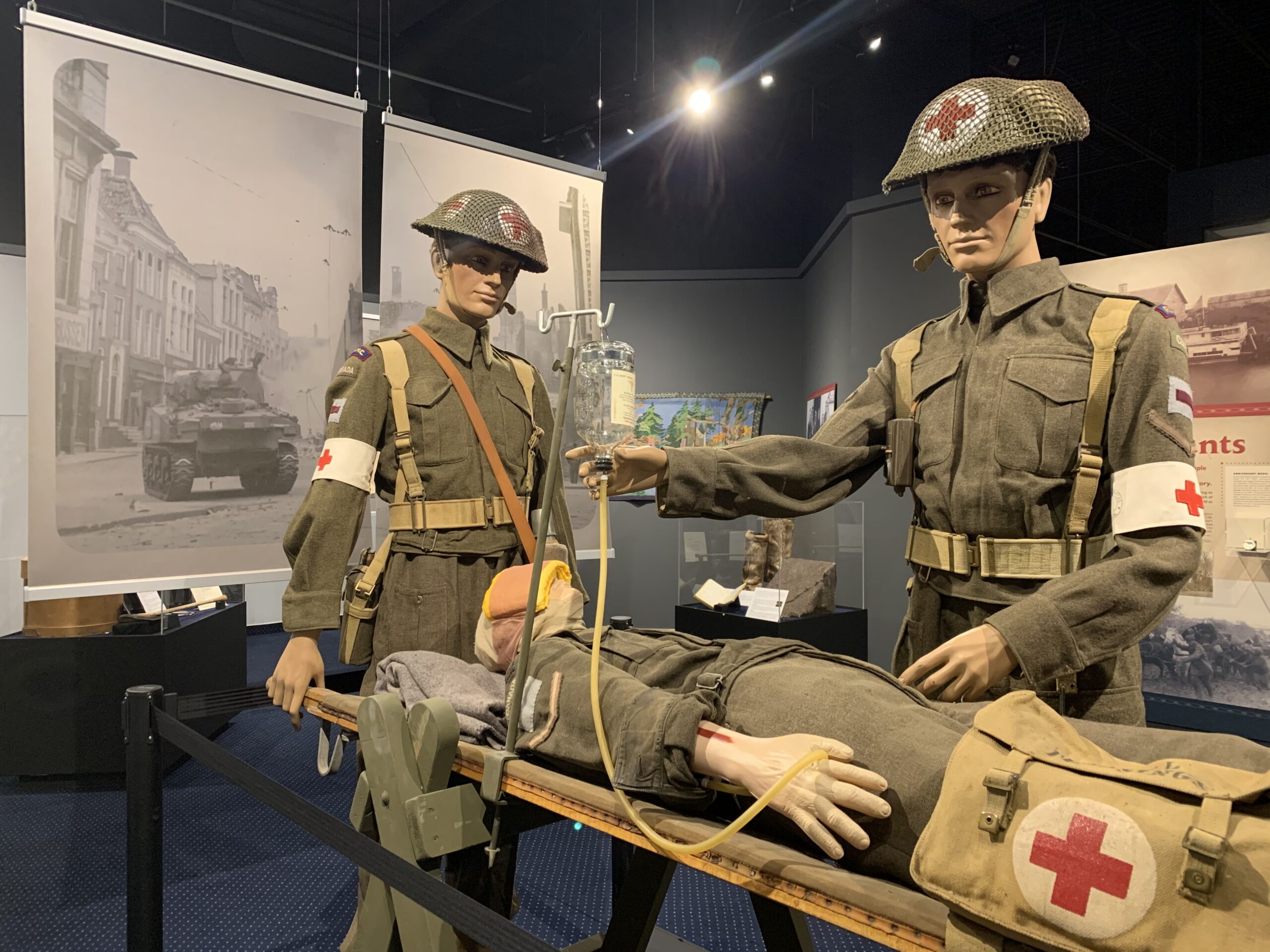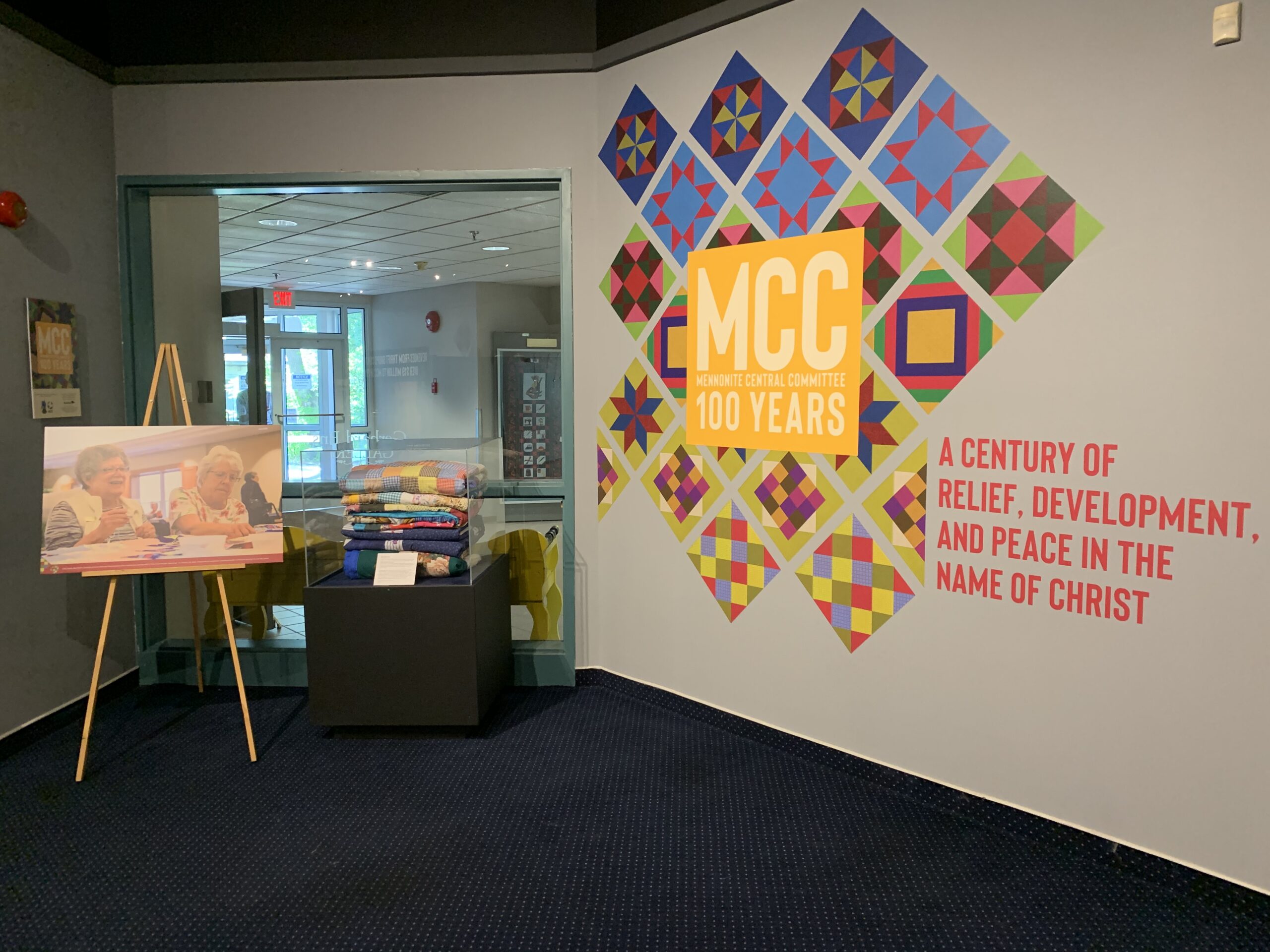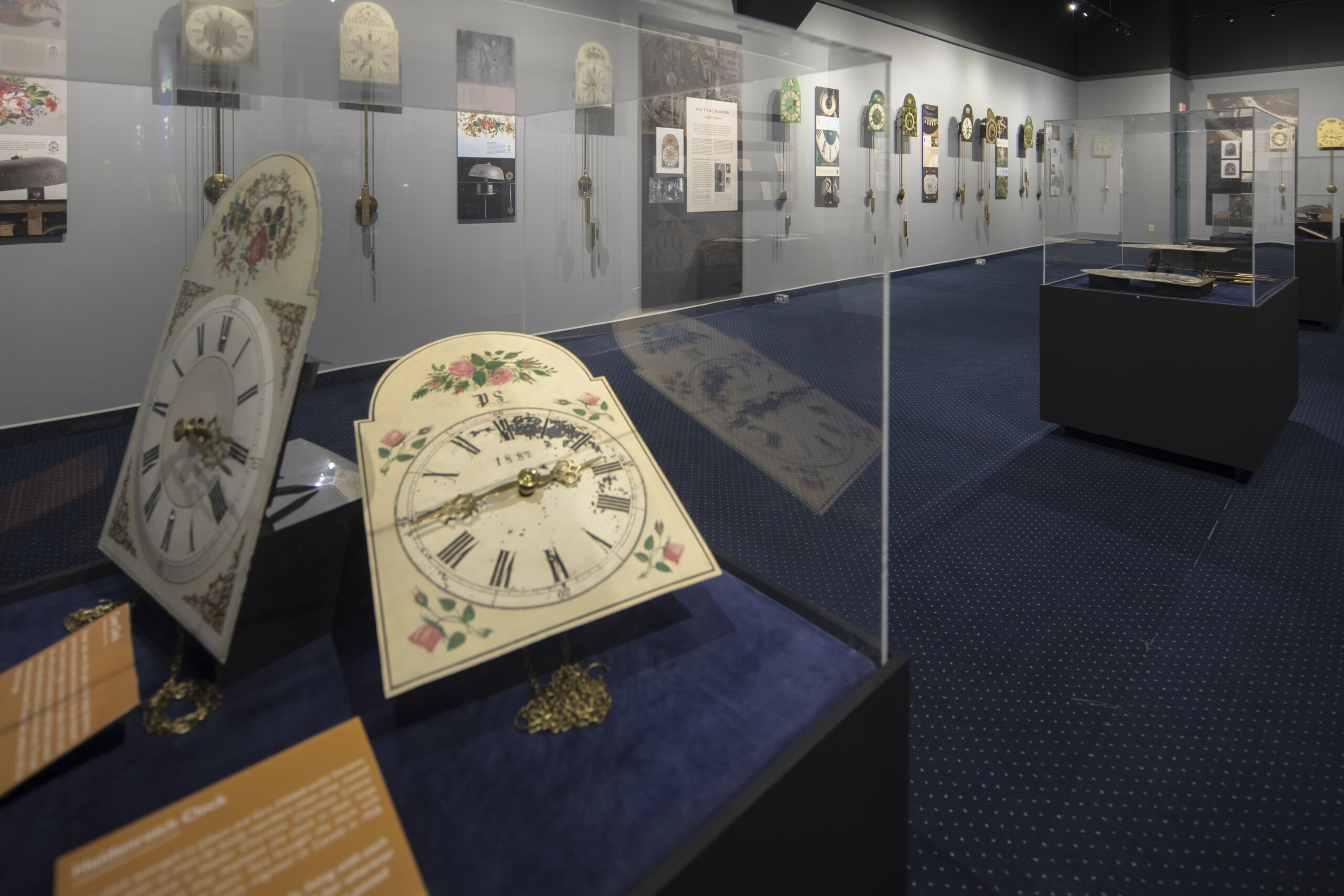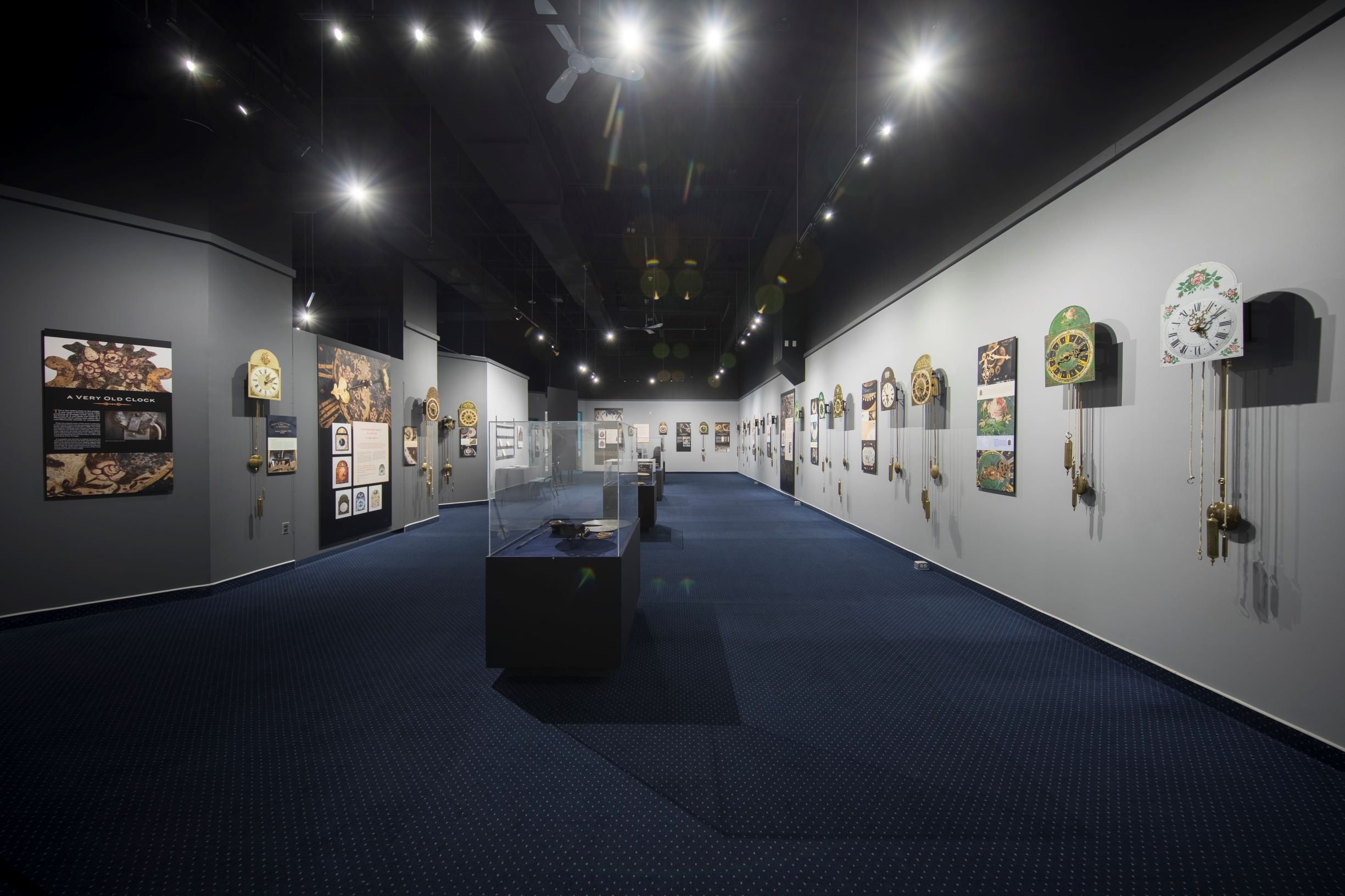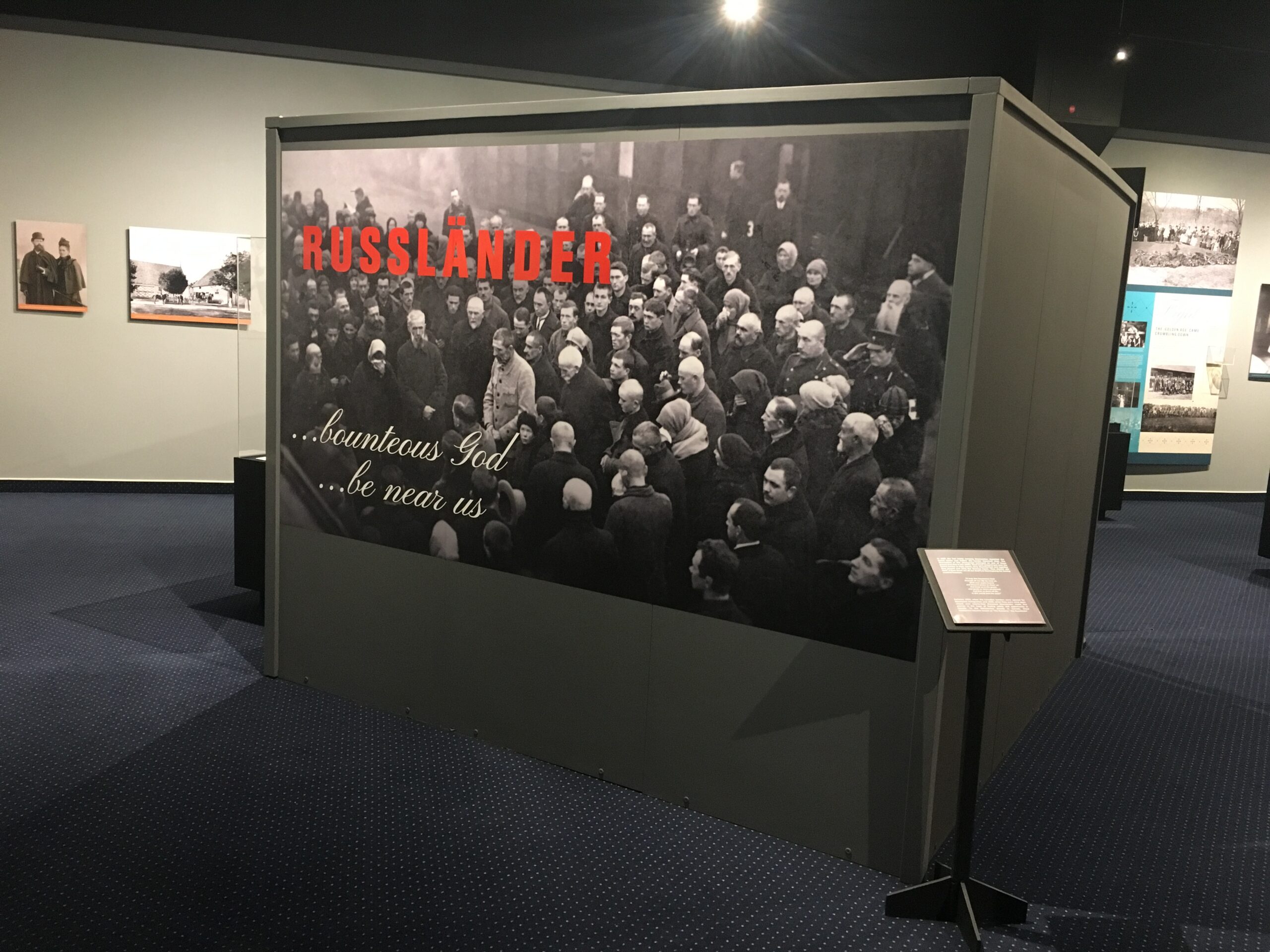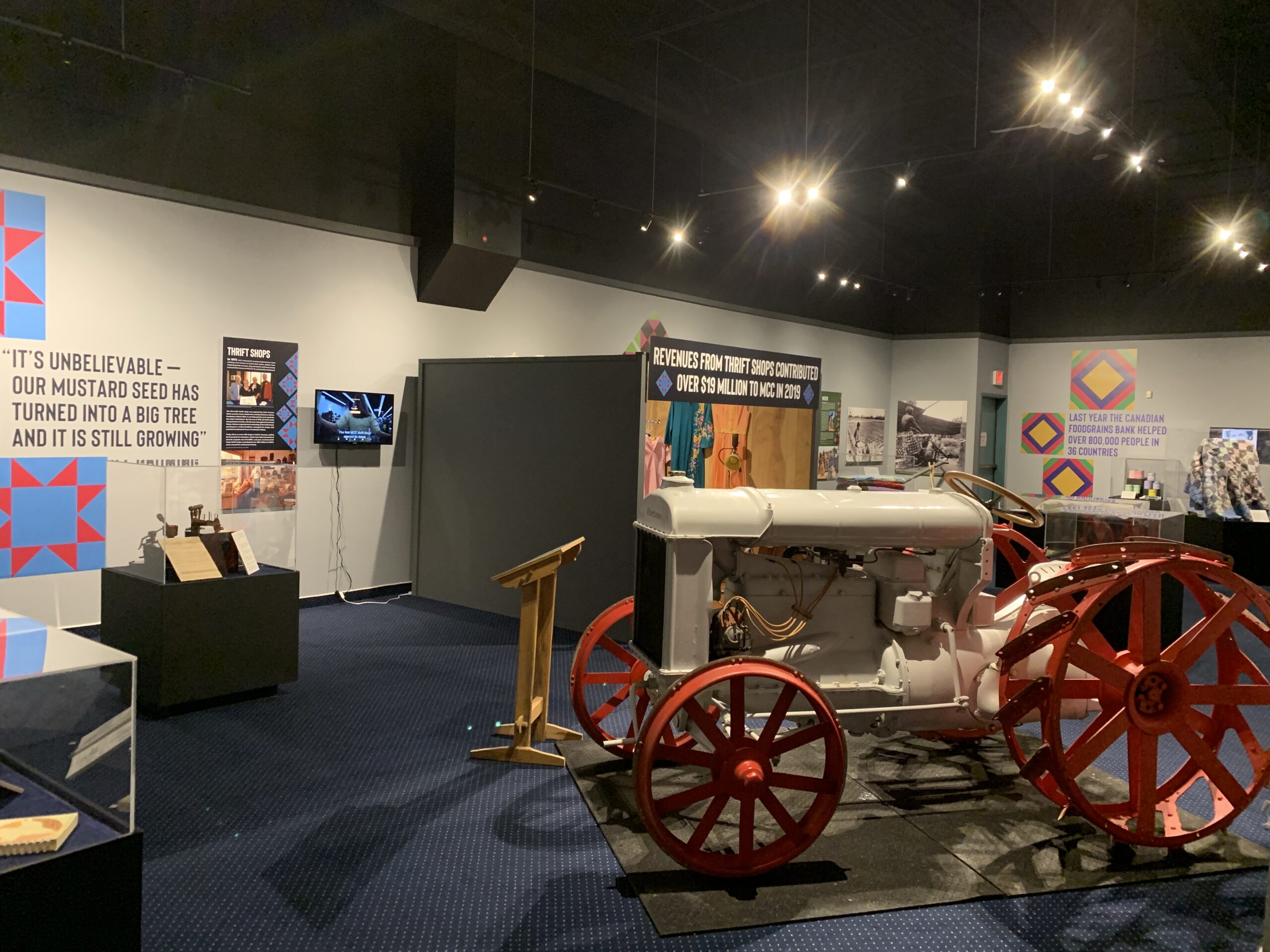Collections and Exhibits
Step into the history of the Russian Mennonites by exploring the various artefacts and collections in our galleries. Mennonite Heritage Village has two galleries to feature the stories, artefacts, and histories of the Mennonite people. There is constantly something new to explore and experience.
About the Galleries
The Main Gallery
The Main Gallery features the history of Mennonites from the Radical Reformation in 1500s to the present day, told through the lens of selected artefacts from the museum’s collection.
The Gerhard Ens Gallery
The Gerhard Ens Gallery is a large exhibit space that hosts a wide variety of temporary exhibitions. In addition to the original annual exhibits developed by the museum through careful research and study, the Gerhard Ens Gallery also hosts external exhibitions from community partners. See below for our current exhibit.

The Art Hall
The Art Hall is a small venue with high exposure, displaying a wide range of community-based exhibits from local artists and schools.
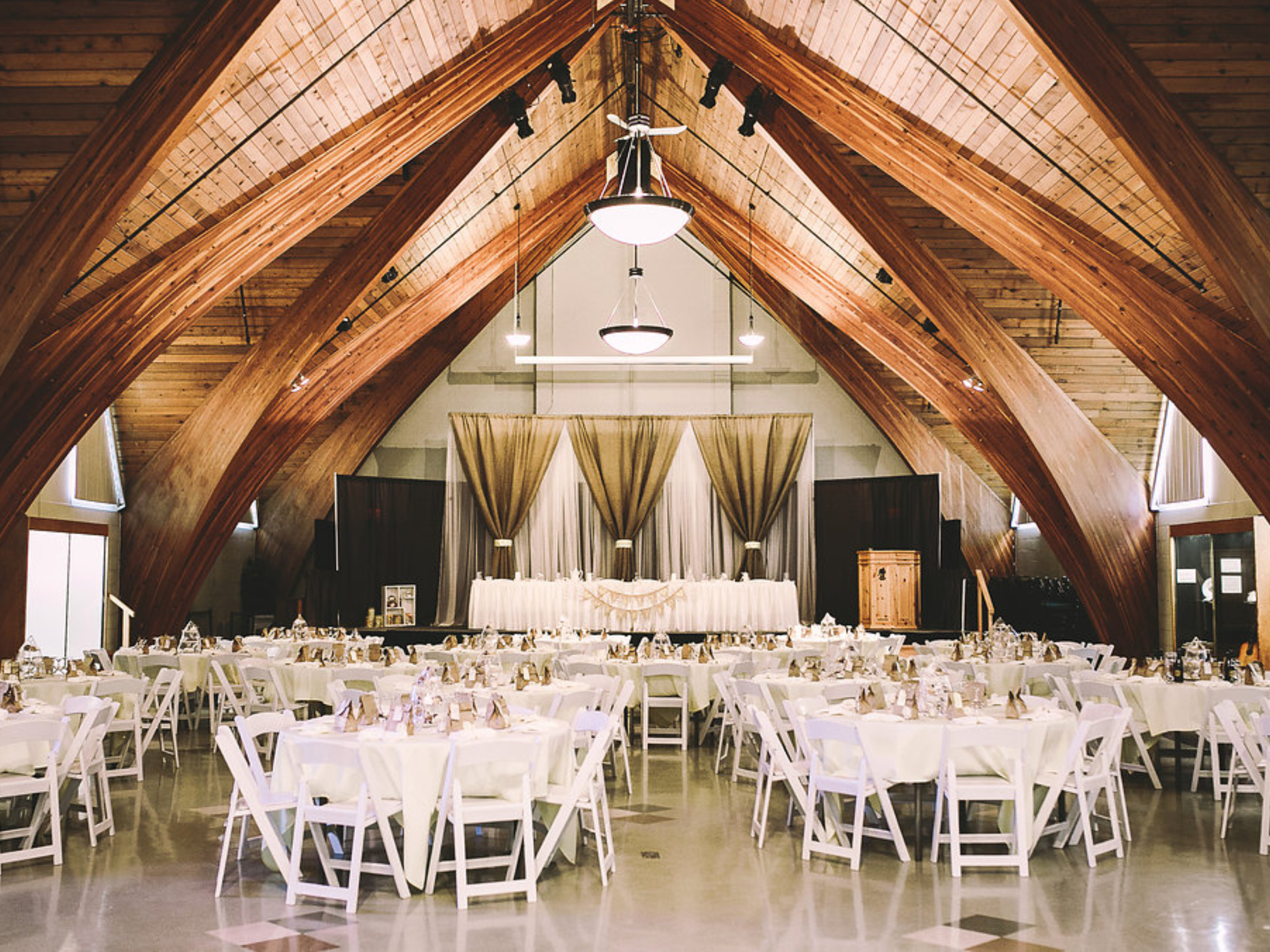
The Auditorium
The Auditorium includes temporary exhibition space that showcases unique selections from the museum’s artefact collection.
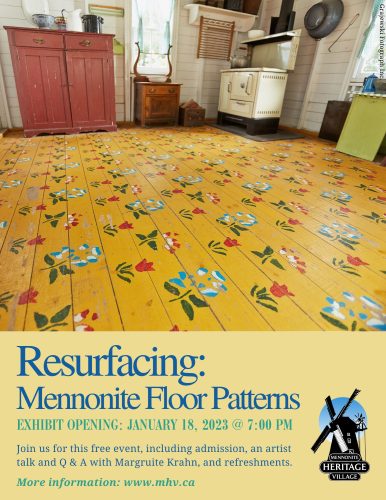
On Display Now
Resurfacing: Mennonite Floor Patterns
Upcoming Exhibits
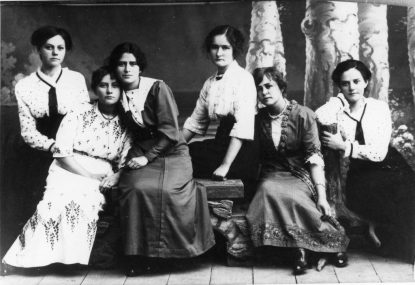
Previous Exhibits
Leaving Canada: The Mennonite Migration to Mexico
Exhibit Featured: June 4, 2022 – November 30, 2022
On March 1, 1922, a large group of Old Colony Mennonites gathered at the railway station in Plum Coulee, Manitoba, awaiting a train that would take them to Cuauhtémoc, a small town in northern Mexico. Leaving Canada tells the story of these Mennonites and the nearly eight thousand others who left Canada in the 1920s to start new lives in Mexico and Paraguay. Pushed into the unknown by the assimilation and betrayal they felt threatened them in Canada, this is the story of the lengths to which one community went to preserve its faith and culture.
Read More
Leaving Canada explores the history of an ethnoreligious community’s determination to preserve its autonomy. It is a story about competing conceptions of religious freedom and of tensions between religious, linguistic, and educational rights on the one hand, and the obligations of citizenship on the other.
[https://youtu.be/lAduVhL3OKY]
Exhibit Partners:
The exhibit is a partnership of Mennonite Heritage Village, the Plett Foundation, and the Mennonite Historical Society of Canada.
Mennonites at War
Exhibit Featured: April 3, 2021 – April 6, 2022
Mennonites have a long-standing history of meeting violence with non-resistance. At various times, like in the 1870s when, faced with the threatened loss of military exemption in Russia, more than 7,000 Mennonites immigrated to Canada, Mennonites held to this position and responded by seeking a new homeland. At other times, they responded by performing alternative service or becoming conscientious objectors during wartime, by taking up arms or joining the military as soldiers, and by joining the military in non-combatant capacities.
Read More
[https://youtu.be/Yg52cJcOPaM]
Award
Recipient of the Association of Manitoba Museum’s Award of Excellence in 2021
MCC 100 Years
Exhibit Featured: June 24, 2020 – April 1, 2021
Celebrate a century of Mennonite Central Committee (MCC) with Mennonite Heritage Village’s exhibit MCC 100 Years. 2020 marks the centennial anniversary of MCC, a non-profit charity established in 1920 with the purpose of providing humanitarian relief to Mennonites experiencing famine, violence, and war in the former Soviet Union.
Read More
The Russländer Exhibit
Exhibit Featured: May 25, 2019 – April 1, 2020
From 1923 to 1930 over 24,000 Mennonites fled the Soviet Union, having survived years of war, violence, hardship, and trauma. The Russländer explores the lives and stories of these immigrants to Canada by examining their lives in the Russian Empire before the Russian Revolution in 1917, the circumstances under which they left the Soviet Union, and the factors that helped to bring them to Canada.
Read More
The Art of Mennonite Clocks
Exhibit Featured: May 12, 2018 – April 15, 2019
An exhibition of Mennonite wall clocks and their stories spanning more than two centuries, showcasing 33 clocks from the museum’s collection and private collectors. The exhibition was produced by Mennonite Heritage Village and the Kroeger Clocks Heritage Foundation.
Award
Recipient of the Association of Manitoba Museum’s Award of Excellence in 2020
Storied Places
Exhibit Featured: July 1, 2017 – April 30, 2018
‘Storied Places’ focuses on the importance of local ‘place’ in the history of Manitoba’s Mennonites, asking how memories, stories, institutions, and objects have tied Mennonites to the places they have settled in this province.
Beyond Tradition: The Lives of Mennonite Women
“Beyond Tradition” explores the unconventional and non-traditional roles Mennonite women have had over the last hundred years. The exhibit marks the 100th anniversary of most women receiving the vote in Manitoba by highlighting the ways Mennonite women stretched social boundaries. The exhibit looks at these themes from four perspectives: “Uprooted,” where we look at the roles of Mennonite women in leading their families and communities in times of social upheaval like immigration and settlement; “Working 9 to 5,” where we explore the roles Mennonite women had in paid employment outside the home at times in history when this was uncommon; “Church Work,” which investigates the roles women had in their congregations at a time when they couldn’t be in positions of leadership; and “Unhitched,” where we look at the lives of women who, either by choice or circumstance, did not marry.
Tastes in Transition: Mennonite Food
What is Russian Mennonite food? The answer to this question is interwoven with complex issues including religious beliefs, ethnic traditions, socio-economic realities, local landscapes and environments, neighboring cultures, world politics, and international migrations. All of these influences have resulted in a diverse food tradition with a rich history. Today, nearly five centuries after the birth of Anabaptism, defining Mennonite food continues to be a dynamic and unfolding story.
Collections
Read More
Mennonite Heritage Village is proud to be one of about a dozen museums participating in the Association of Manitoba Museum’s (AMM) Musetoba project. Musetoba is a collective, province-wide database custom-built and administered by the AMM. It is web-based, meaning that it can be accessed anywhere with an internet connection, allowing curators to work on it anywhere at the museum, whether at their desks, in the galleries, or out in the village. Musetoba’s primary function is to serve as an internal artefact database for all participating museums. At MHV, Musetoba is the primary way we catalogue and track all the artefacts, including their history, physical characteristics, donor information, and location, in the museum’s collection. In the future, however, this cooperative database will include a public-facing website that will serve as a portal into the collections held in all participating museums, including MHV. This public portal will allow researchers, donors and their families, and other community members to research MHV’s artefacts, providing access to the museum’s vast collection and all the stories it can tell – all with a simple search.
Watch this space for exciting news as Mennonite Heritage Village works with Musetoba to increase the public accessibility of the museum’s collection!

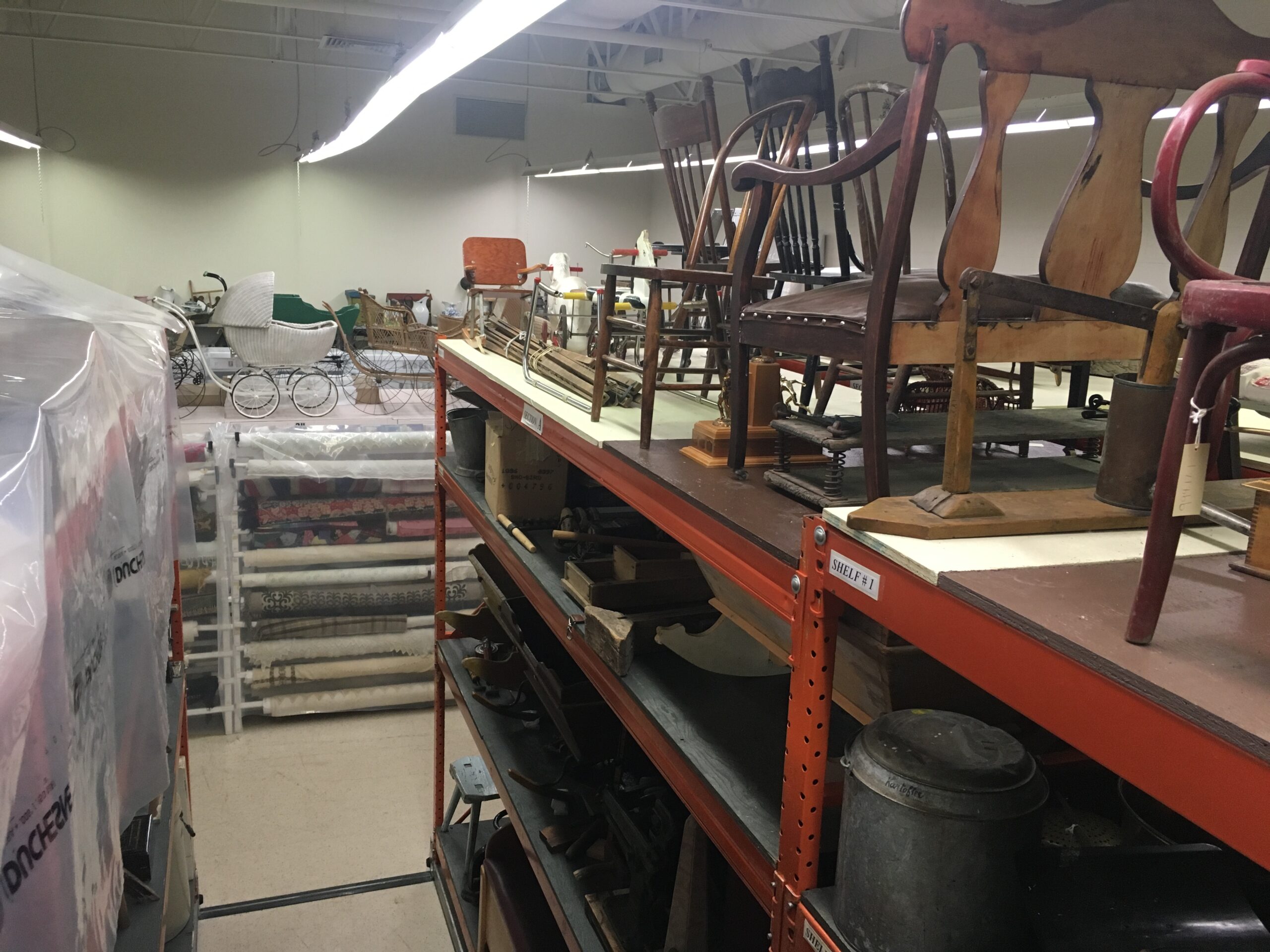

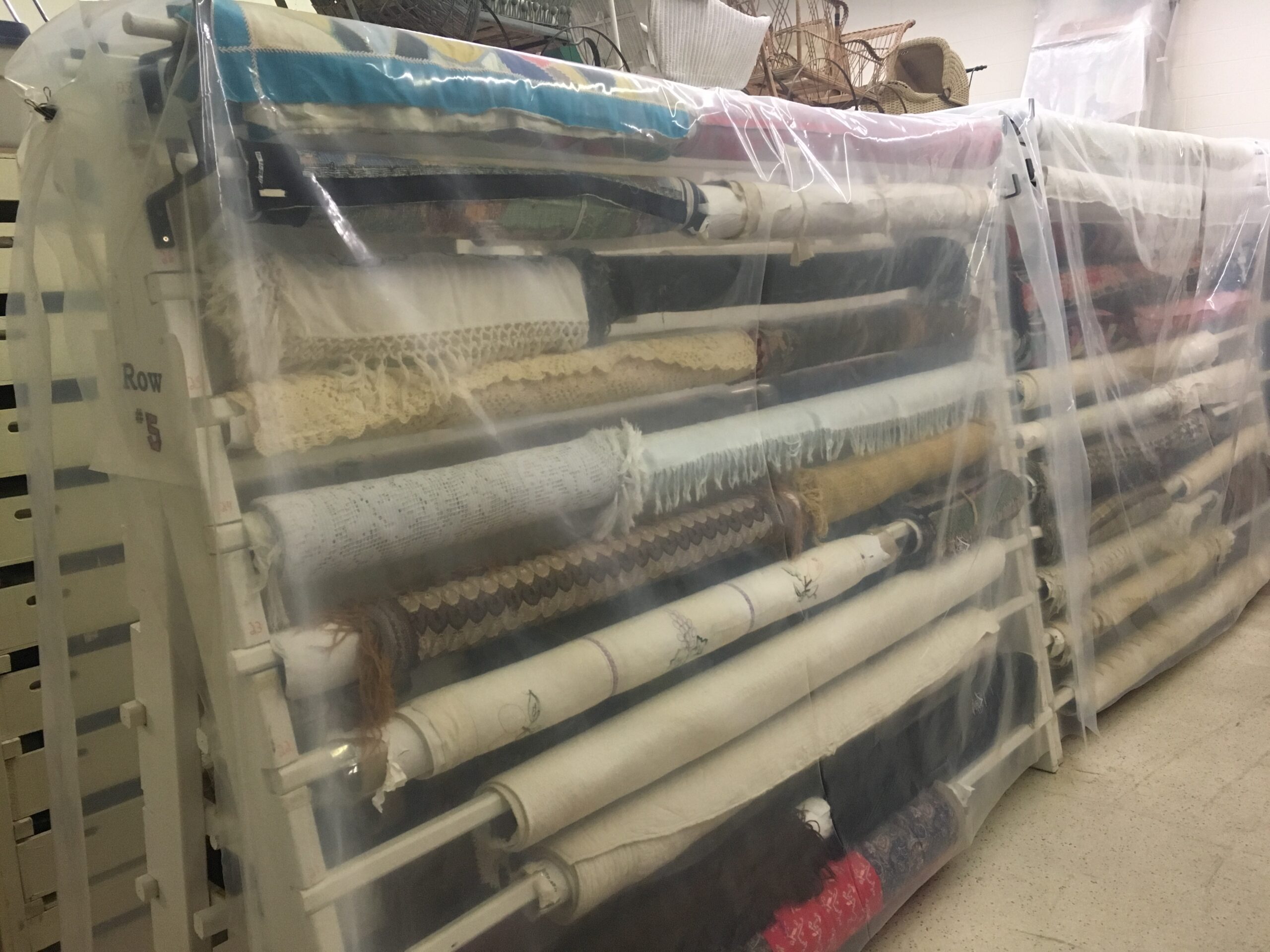
How to Donate
Read More
Potential donations to the museum’s collection go through a formal approval process. Each offer is reviewed by curatorial staff, who consider a number of criteria, including the historic value of an item, its condition, its relevance to MHV’s mission and mandate, and its relationship to items already in the museum’s collection. Based on these criteria, MHV may accept or reject donation offers. In instances where a donation is not accepted, curators may suggest other museums or archives where the item may be more relevant or appropriate.
Donations must be made by appointment to ensure that curatorial staff are available to discuss the history of the item with you, gather relevant information, and sign an Official Donation Receipt, which transfers legal ownership to the museum. Donations are not accepted on a walk-in basis, and since reception staff are not authorized by MHV’s Collections Policy to accept donation offers, objects may not be dropped off at the front desk or mailed to the museum.
We appreciate your interest in partnering with MHV to preserve Mennonite history for present and future generations. Please consider making a monetary donation to accompany your object donation. This will enable MHV to provide the best level of care and storage for your donated item to ensure its preservation.
